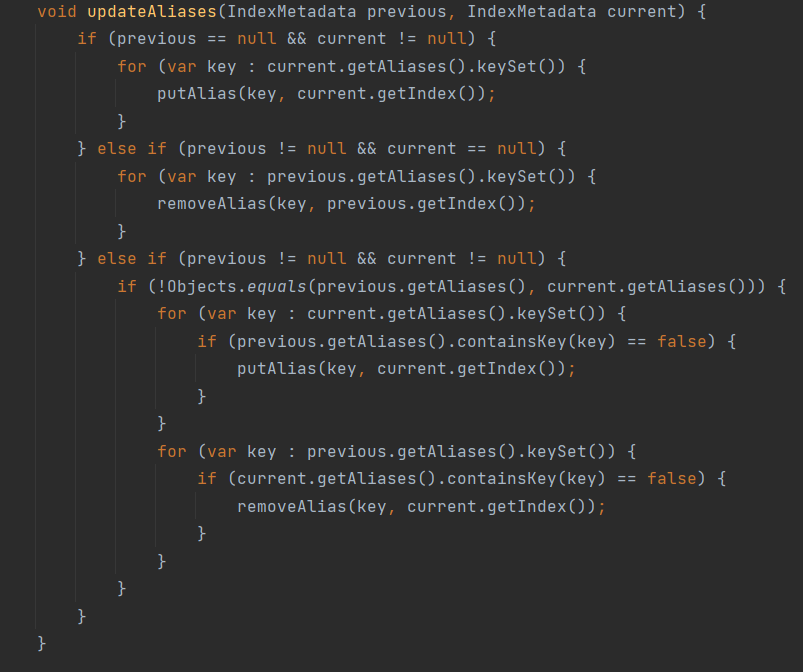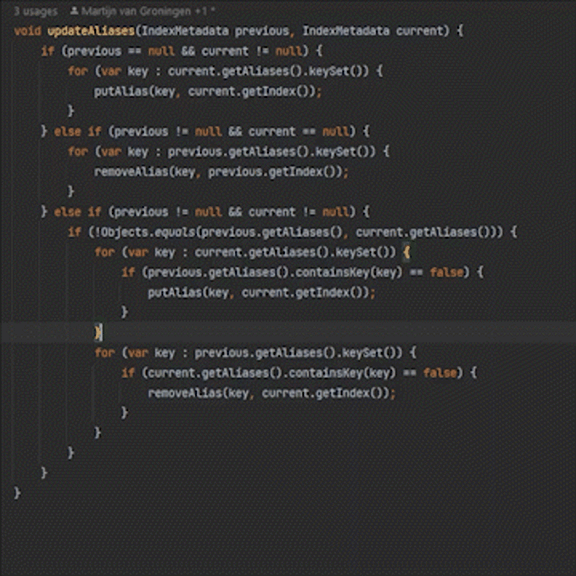
The Compounding Effect of Tidying Using CodeScene
Refactoring CodeSceneIt turns out that most of a developer’s tasks end up being tactical activities, such as adding a text box here, adding a checkbox there, fixing a bug, or working with an outage. However, embodying the boy scout rule, one can always find small tidying opportunities that directly impact code quality and shift the developer’s work from tactical to strategic.
A Tool to Enhance Code Health
CodeScene is a tool I came across after reading “Software Design X-Rays”. It is a software engineering intelligence tool that helps you identify waste due to technical debt and prioritize refactoring opportunities based on impact.
Unlike traditional code analysis tools, CodeScene focuses on trends rather than absolute values. This makes sense as we never want code to get worse – code getting worse should be a call to action.
Working with CodeScene
We conducted a small exercise on the impact of such changes on overall code quality. We started by scanning Elasticsearch Github Repository with CodeScene and focused on the hotspots reported by the tool. (Hotspots are complex code that you have to work with frequently – that is, technical debt with high interest).
Here is the screenshot of the initial code quality of one of the hotspots detected by CodeScene.

When developers solely focus on fixing bugs or introducing the next feature, that mindset tends to reflect in the code itself. Often, this is evident in the form of ‘if’ and ’else’ statements. As a result, the code starts looking like this:
if(need to update){
for(all elements in the list){
let's update the elements
}
}else if(already updated){
for(all elements of the list){
mark them safe
}
} else if(insert new records) {
if(element comparison){
for(all the new element){
add it to list
}
for(all the new element){
mark them safe
}
}
}
Code like the example above soon becomes more complex, growing in depth and breadth, which means these methods tend to get longer and more nested with logic.
One such method in the Elasticsearch hotspot was the following:

Extract to Improve
To increase code readability and maintainability, it is easier to start extracting methods, i.e., copying a part of the nested code and creating a new method. Most IDEs support this process fully automatically, meaning extracting a method is low-risk and free of manual operations.

Now, if you look at the new code health rating:

A simple shortcut in the IDE has improved the code quality from 3.41 to 3.7, i.e., making a small change has led to an 8.5% improvement in the quality of the entire file.
Extracting methods is a great way to initiate refactoring in complex hotspots. As long as we carefully name our new methods, the increased modularity makes it easier to reason about the overall algorithm.
Consequently, a more modular version of the code tends to suggest further refactoring steps that weren’t obvious from the initial, entangled version; extract method is a starting point, not necessarily the end itself.
Conclusion
As the saying goes, small changes garner big wins. Similarly, in code, the compounding effect of refactoring is evident in healthy code quality over time. Just think of it as simplifying complex code to enhance readability, benefiting both present and future developer teams.